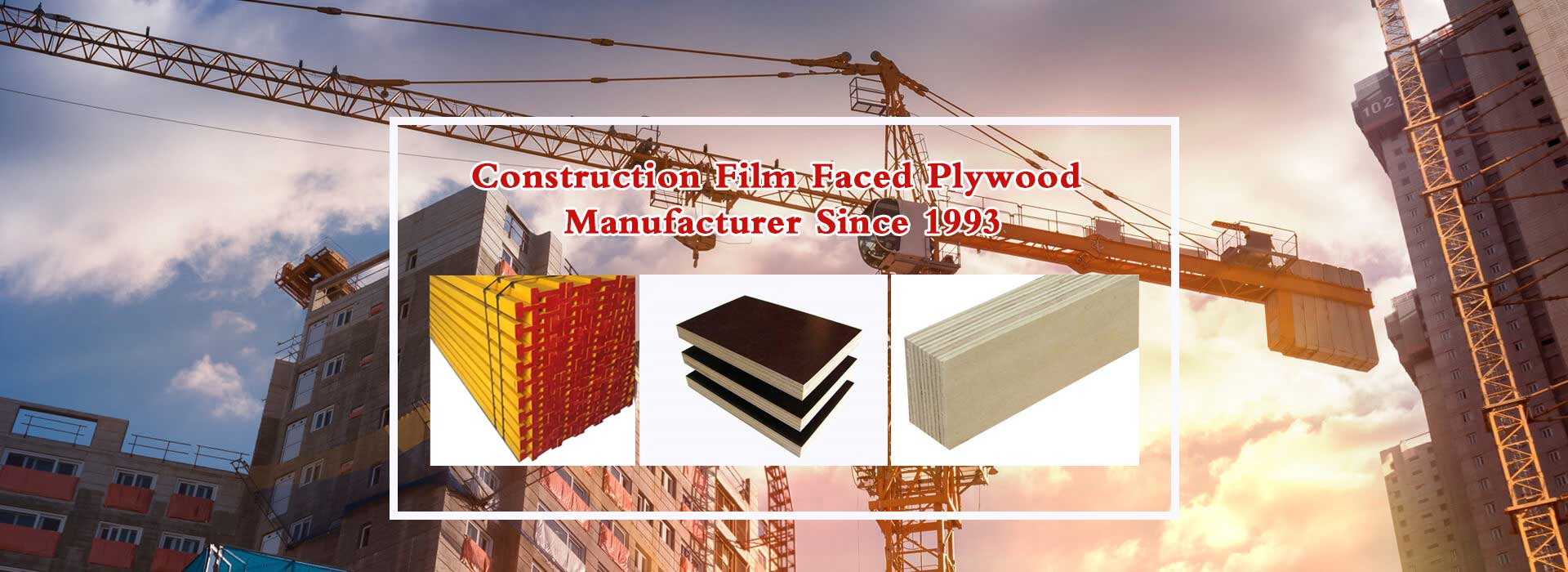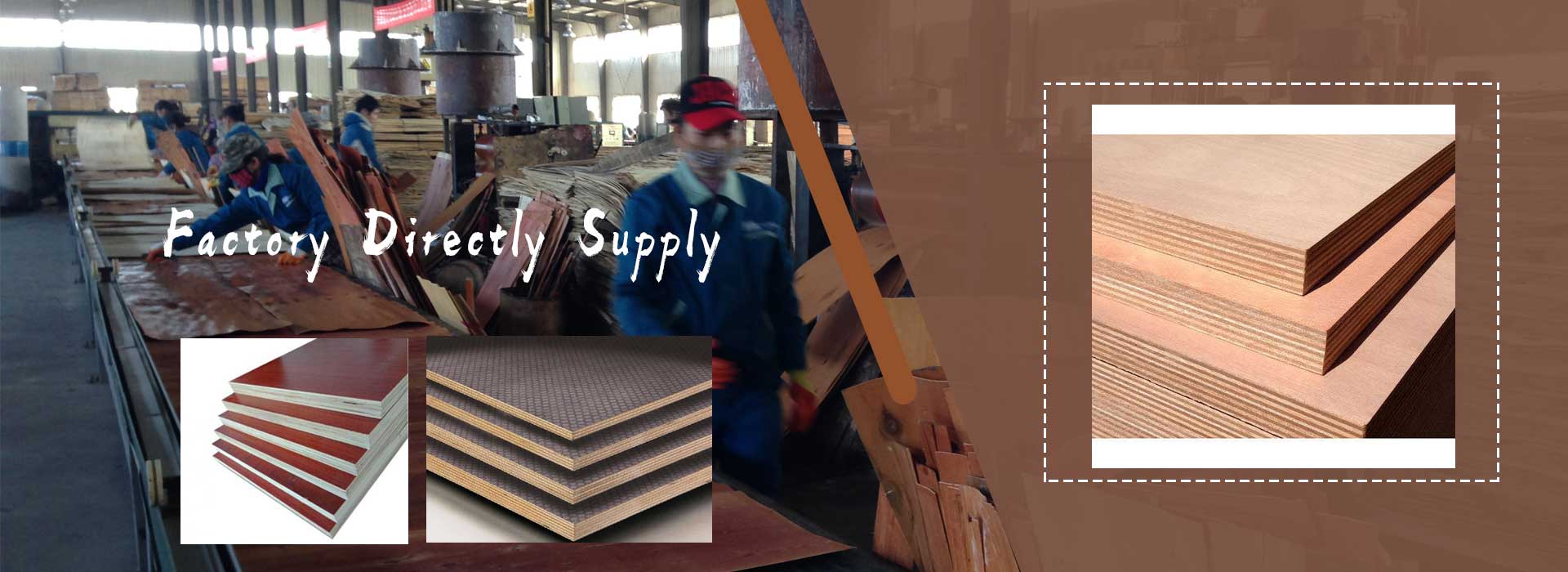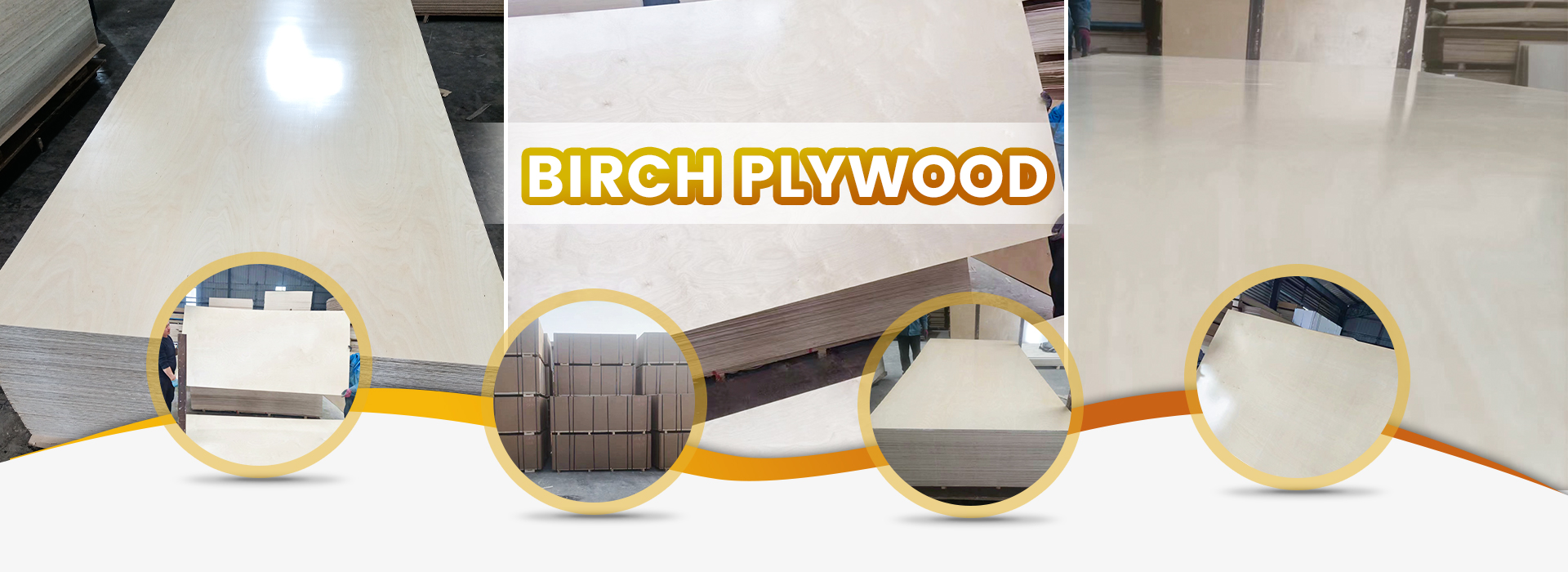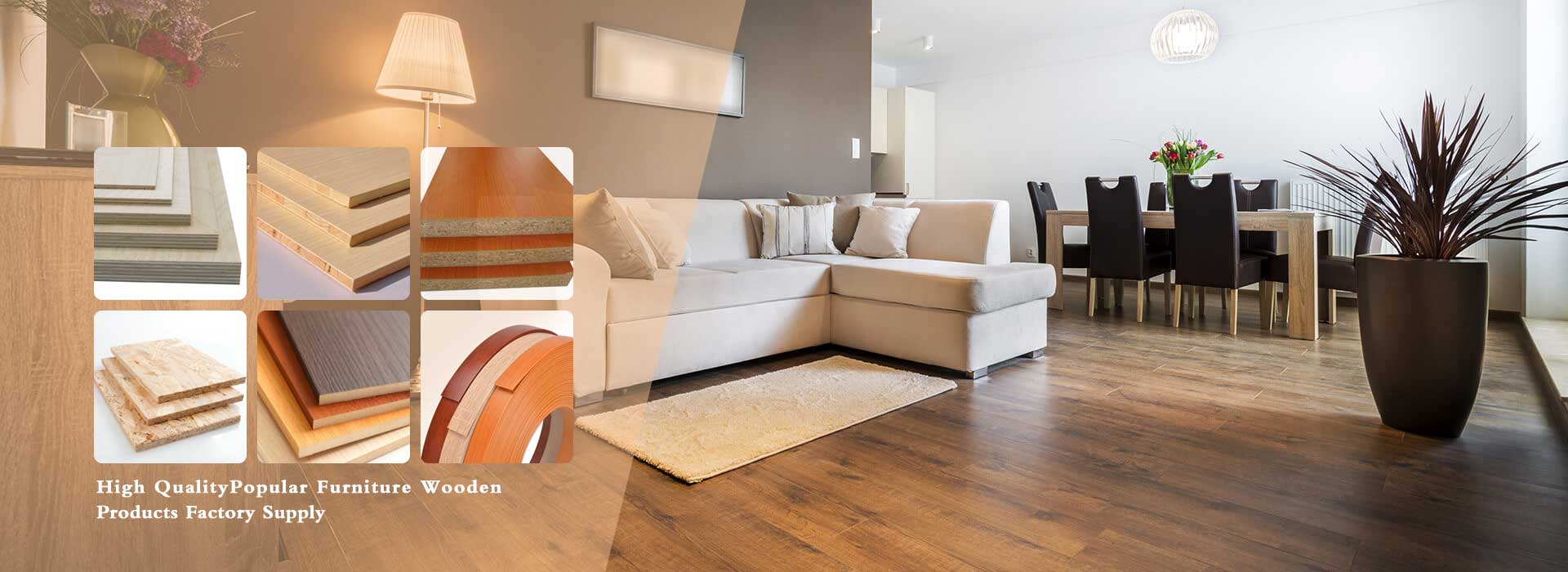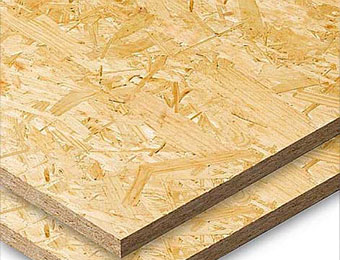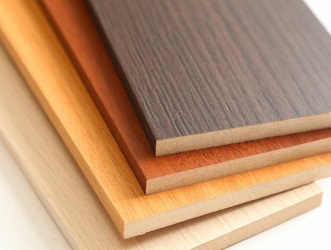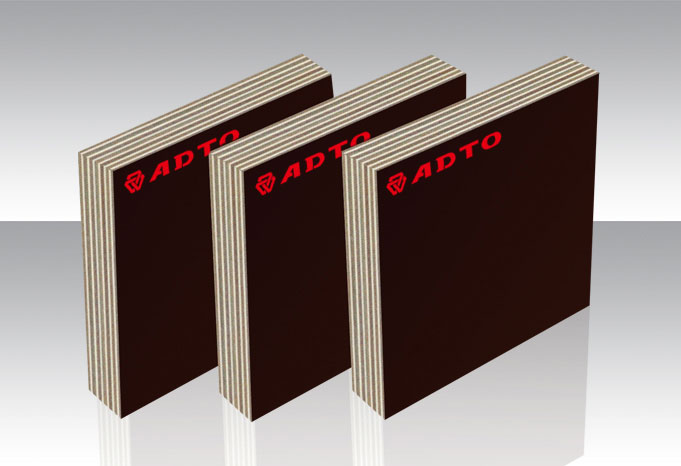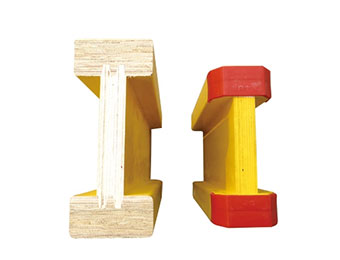Plywood is the most popular and versatile wood based panels nowadays. It’s a laminated product made up of numerous thin strips of wood laid in alternating directions and bonded with different kind of glue. But due to its construction method, plywood is less susceptable to expansion or shrinkage. Why?
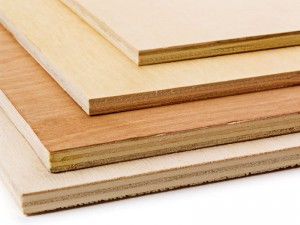
Marine Plywood
A board of made from solid wood is unstable and tend to expand or shrink across the grain based upon the moisture content in the wood. Because wood is much stronger and less likely to expand or shrink along the grain, then it is much more likely to split with the grain than against.
Plywood Construction:
By gluing numerous thin strips of veneers in alternating directions layer by layer, plywood is much less likely to expand or shrink in moisture environment, and the this structure is much stronger than a similarly sized board cut from a single tree.
Plywood is made from an odd number of layers, each layer called ply(typically 3,5,7,9,11,13), with an equal number of plies on each side of the center ply. The plies face are parallel, and the grain of the surface plies follows the long side of the board(although not always). The sheet is strongest parallel with (as opposed to against) the two surface plies.
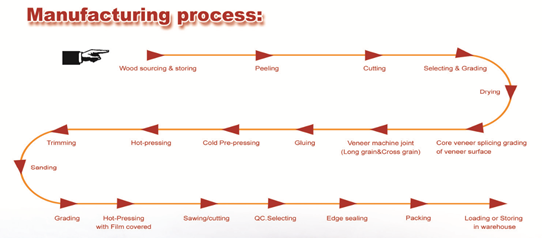
Plywood Type
Exterior Plywood
Film Faced Plywood (Formwork)
Packing Plywood
Structural Plywood
Anti Slip Plywood
Container Flooring Plywood
Interior Plywood
Commercial Plywood
Fancy Plywood
Furniture Plywood
Plywood Dimension
915x1830mm, 1220x2440mm, 1250x2500mm, 1200x1800mm, 1200x2400mm
From Imperial system (British system)
1 inch = 25.4mm 1 foot = 12 inch = 304.8mm
1220x2440 ≈ 4x8 feet
915x1830 ≈ 3x6 feet
Plywood Glue
Urea-formaldehyde resin
Melamine glue
Phenolic resin glue ( Dynea from Finland )
Film Faced Plywood
Product Specifications
Size | 1220x2440mm, 1250x2500mm, 1200x1800mm, 1200x2400mm |
Thickness | 6mm, 9mm, 12mm, 14mm, 15mm, 17mm, 18mm, 21mm |
Shuttering Board Standards | GB/T17656-2008, EN-13986, AS/NZS:2269, |
Core Material | Poplar, Eucalyptus(Hardwood), Birch, Pine Combi |
Film Type | Black, Brown, Red, Dynea |
Glue | Melamine, Phenolic Resin, |
Moisture Content | No More Than 14% (Typical 6-14%) |
Bonding Strength | Poplar≥0.7MPa Hardwood≥0.8MPa Birch≥1.0MPa |
Modulus of Rupture(MOR) | Longitudinal Grain 50MPA, Cross Grain 35MPA |
Modulus of Elastic(MOE) | Longitudinal Grain 6500MPA, Cross Grain 4500MPA |
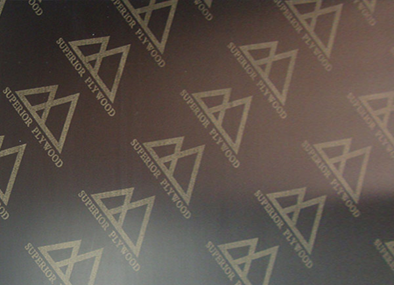
High Quality Shuttering Board
Introduction
Also named concrete plywood, formply or marine plywood, film faced plywood is widely used in modern building projects especially those need lots of cement work. It’s regarded as an important part of the formwork.
Due to the nature of cement shuttering works, a sheet of quality shutter ply should meet:
1. The face should be of high resistance to corrosion and moisture.
2. The face should be smooth and easy to take off from cement and easy to clean.
3. The core should be water resistant and won’t swell.
4. The core should be strong enough and won’t break.
5. The edge should be sealed and water proof.
Advantage
As a manufacturer of film faced plywood in China for many years, we have been exporting shutterply of the following specifications to Africa, Middle East, Europe, Central Asia, South East Asia, Latin America, Australia and New Zealand F17 Grade Plywood.
Showcase
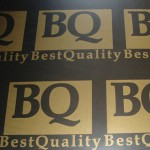
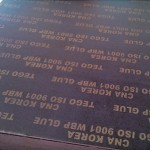
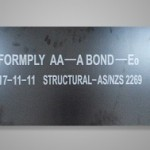
WBP Plywood with Melamine or Phenolic Resin
In world plywood industry, many business sell and buy WBP plywood. But really a few people know the meaning of the word “WBP”.
what is the real meaning of WBP in Plywood
WBP stands for “Water Boiled Proof”. If you use WBP glue for the plywood / film faced plywood, the panel will can be exposed to humid or moisture for a long time without delamination. Like the word of “MR”, WBP is not the name of a specific glue, WBP is a kind of property of glue . If a glue has WBP property, the glue will can be called WBP glue. The melmaine formaldehyde and phenolic formaldehyde can be regarded as WBP glue as the plywood made from these are water boil proof.
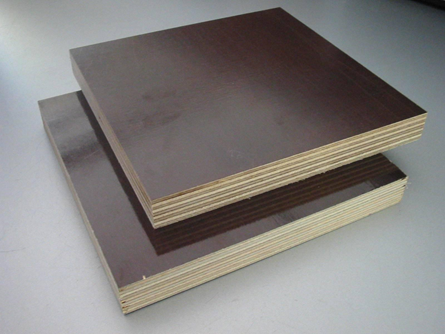
As a simple method of test for WBP plywood is to boil plywood sample. If the samples have not delaminated in boiling water for a long period, then we will can say the plywood samples have WBP property and conclude that the samples are WBP plywood samples. The test results can be 10 hrs, 24 hrs, 48 hrs, 72hrs etc.
The common WBP glues are melamine glue and phenolic glue . Generally speaking, WBP(ordinary melamine) plywood can be in boiling water for 4-8 hours without delamination and WBP(better melamine) plywood can be in boiling water for over 10 hours or even 20 hours without delamination . WBP (phenolic) plywood can be in boiling water for 24-72 hours without delamination . The best phenolic can be regarded as permanent resin. But the water boiled proof period of plywood is depended on not only the quality of WBP glue, but also the craftsmanship of production of core and face.
Manufacturers use WBP glue for exterior plywood, such as Marine plywood, film faced plywood (formwork plywood), structural plywood, plywood for signs packing and so on. But in practice, WBP glue is used for interior plywood as well, such as furniture plywood, cabinet plywood, plywood underlayment and so on , which are also required by customers to have water-boiled-proof property.
Poplar
Poplar is a kind of softwood, widely planted in North of China and lower and middle section of Yangtze River. Is an economic tree in China. Chinese government engourages farmers to plant those trees to stop the sand from north west and also the trees itself can be sold to the veneering mill at a fair price. It grows well in poor soil and is fast growing in dry environment.
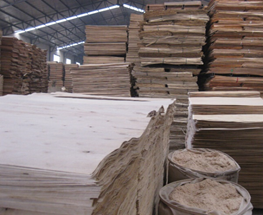
Poplar Veneers in warehouse
In Plywood Manufacturing
Eucalyptus logs were steamed at 60-70°C for 20 hours before rotary cutting. The thickness of the veneers is about 1.8-2.6 mm. Veneers were dried to the moisture content of 4 to 6% by an veneer drier. Plywood is manufactured where urea formaldehyde (UF) resin was applied to the veneer layers by a glue spreader with a rate of 300 g/m2.
In mainland China, Eucalyptus plywood is not a specific kind plywood because it means the core of the plywood. The face and back of the plywood can be malaysia redwood okoume, bintangor, meranti (Red Canarium) and premium-looking hardwood. Besides commercial plywood and furniture plywood, eucalyptus is also used in the manufacturing of film faced plywood. Hardwood plywood made from hardwood veneers are expensive for some clients who will choose combi core (combination of poplar and eucalyptus).
According to film faced plywood manufacturers, the hardwood plywood usually need the face and back veneers in poplar wood rather than eucalyptus. Because poplar is much easier for the laminatition of phenolic film or hardwood veneers.
How to tell eucalyptus ply (A) from poplar ply (B)?
Appearance: A edge cutting looks darker compared with B.
Weight: A density is about 600 kgs/m3 and Bplywood is only 530 kgs/m3 around.
Strength: A is much stronger than B.
Price: A price is 1020% higher than B.
Plywood Packing and Transportation
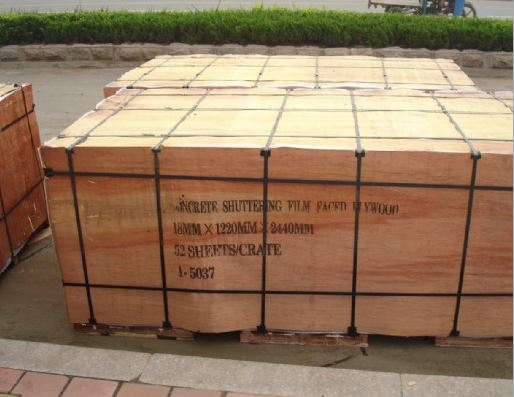
Australian Structural Plywood
Structural plywood are plywood manufactured under Australian/New Zealand Standard AS/NZS 2269.0 Plywood – Structural processes the following characteristics.
Bond
Type A (phenol formaldehyde) which is dark in colour. The A bond provides a durable ‘marine’ bonding
between wood veneers. The plywood bond is capable of performing under long term stress and permanent exposure.
Stress Grades
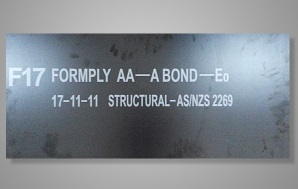
F8, F11, F14, F17, F22, F27, F34 (F7 is included in the standard but is not presently produced). The stress grading system allows the application of characteristic strengths to plywood manufactured from different timber species. Structural plywoods have known and consistent structural performance and the designated properties are published in the Timber Structures Code AS1720.1 and EWPAA literature.
Face Grades
Structural plywood is manufactured with A, S, B, C, or D grade faces with C and D grade being the most common. C faces are non-appearance grade with a solid surface where all open defects are filled, whereas D grade faces allow open defects such as splits and holes.
The A, S, and B veneer faces are appearance grades.
A grade veneer faces are of high quality and suitable for all finishing.
S grade allows, if agreed between specifier and manufacturer, natural characteristics such
as knots, holes and discolouration.B grade veneer faces are an appearance grade suitable for high quality paint finishing. Generally, structured plywoods with good quality faces have a D grade back veneer for cheaper price.
To maximise economy we should use DD grade (D grade face/D grade back) where structural performance alone is required; CD grade (C grade face/ D grade back) in plywood flooring which requires one solid face to support vinyl or carpet; or AD grade where the plywood panel is going to be clear finished for decoration or furniture.
Standard Tolerances
EWPAA/JAS-ANZ Product Certified plywood has standard tolerance on length, width, thickness,
squareness and edge straightness. Standard tolerances are very important when laying large areas such as residential or industrial floors, wall or ceiling linings, external cladding and formwork.
Branding
All EWPAA/JAS-ANZ Product Certified structural plywood is branded as follows:
Manufacture’s name
The word “Structural”
Face grade, back grade and bond (e.g. CD – A bond)
Stress grade (e.g. F14, F17)
The Standard No. i.e. AS/NZS 2269.0
The formaldehyde emission class (e.g. E0)
· The correct branding is your guaranteed of a Product Certified engineered plywood panel with a permanent durable Type A marine bond and reliable design properties.
Why Chinese Plywood is Competitive in Global Market
As we all know China now produces half of the world’s plywood of all kind, including commerical plywood and film faced plywood. But as a country which is not abundant in wood resources you migh all wonder how China did it. There are a bunch of reasons and here we are going to explain why your plywood supplier in China has a advantage.
1. Poplar As Plywood Core
Poplar is a widely planted economic tree in north China. Chinese government engourages farmers to plant those trees to stop the sand from north west and also the trees itself can be sold to the veneering mill at a fair price. It’s the national policy to plant poplar trees at any piece of vacant land.
2. Supply Chain Advantage
The whole supply chain of plywood producing is gathered over there in a few cities of plywood exports. Like Linyi in Shandong province. The hot press machine, glue, veneers are all ready.
3. Massive Production
Most plywood factories in China won’t stop production because they have the vast domestic market to support their production. Even sometimes they will sell at cost price to maintain the business.
4. Skilled Workers
This is maybe one of the most important reasons Chinese plywood are getting more shares in the world. Skilled workers do the job faster and they know how to control the quality and reduce the cost at every step of manufacturing the plywood.


